B2B Customer Experience That Closes Deals: A No-Fluff Guide for Modern Teams

- B2B Customer Experience (CX) is a Strategic Differentiator: In today’s competitive and complex buying environments, B2B CX is no longer optional — it directly impacts sales, retention, referrals, and long-term growth.
- B2B CX ≠ B2C CX: Unlike B2C, B2B involves longer sales cycles, multiple stakeholders, and post-sale value creation. Success depends on reducing friction, aligning teams, and delivering consistent, personalized support across the entire journey.
- Great CX is Operational, Not Cosmetic: The best B2B experiences come from seamless onboarding, proactive communication, data-driven decisions, and measurable value delivery — not just good interfaces or friendly service.
- Technology is Key, But Only with Discipline: Tools like CRMs, feedback platforms (e.g., ClearlyRated), automation, and AI enhance CX, but only if processes, data integrity, and team alignment are in place.
- CX Must Be Everyone’s Job: From marketing to post-sales, every team influences the client journey. Organizations that embed customer focus into culture, training, and KPIs outperform those that treat CX as a support function.
Let’s be honest, most B2B experiences still feel like they were built for the seller, not the customer.
You’ve been there:
A deal that looked solid starts to unravel. Legal’s holding up the contract. New stakeholders appear out of nowhere. The onboarding process is a black box. And while your internal team is busy optimizing pricing tiers or launching that next feature, your buyer is quietly asking themselves one pivotal question:
“Is working with this company making my job easier or harder?”
This is the daily reality for B2B leaders - long sales cycles, multiple decision-makers, high expectations, and zero room for friction.
And now, there’s a new twist: Thanks to seamless B2C experiences, from Apple to Amazon, they expect more. Faster answers. Personalized support. Clearer communication. Fewer hoops to jump through.
So even if your product is solid, if the experience of working with your company feels slow, complex, or misaligned, it won’t make the shortlist.
That’s why B2B Customer Experience (B2B CX) isn’t a “nice-to-have.”
It’s a strategic growth lever, a MOAT in markets where differentiation is razor-thin. You’re not just selling a product. You’re selling predictability. You’re selling confidence. You’re selling trust that spans quarters, not clicks.
This guide is designed for the professionals in the thick of it: Sales leaders navigating six-month cycles. Marketing teams trying to align messaging with experience. Customer Experience and Customer Success teams tasked with making retention look easy, even when it isn’t. Here is your roadmap!
Understanding B2B Customer Experience
B2B Customer Experience (B2B CX) refers to the full, end-to-end journey a business customer has with your company, from the very first touchpoint through post-sale support, renewals, and expansion. It’s not owned by a single team. It spans marketing, sales, onboarding, product, support, and customer success and the experience is only as strong as its weakest link.
Unlike B2C, where decisions are often emotional and individual, B2B decisions are rational, multi-layered, and long-term. So your customer experience isn’t about delight, it’s about reducing friction, increasing clarity, and earning confidence at every step.
In short: B2B Customer Experience is how every part of your business makes your customer’s business easier.
It’s what makes your product valuable before it’s fully implemented. It’s what makes a customer renew even when your competitor undercuts your price. And it’s what turns a one-year deal into a five-year relationship.
So, why does it matter more than ever?
B2B companies are under pressure.
- CAC is rising.
- Buyers are self-educating.
- Differentiation is shrinking.
- And customer loyalty isn’t what it used to be.
Gartner reported that 77% of B2B buyers say their last purchase was complex or difficult. In a climate where buying decisions are high-stakes, approval paths are tighter, and stakeholders expect consumer-grade experiences, customer experience has become a critical commercial advantage.

Source: Gartner Buyer Enablement
Sales efforts alone are no longer enough to drive sustainable growth. Renewals and expansions are more cost-effective than acquiring new customers, but only if the experience justifies continued investment. And long-term growth increasingly depends on how your current customers talk about you. Referrals, reviews, and reputation are shaped not just by what you deliver, but by how easy and reliable it is to work with your company.
Yet many B2B organizations continue to over-invest in acquisition and product, while underinvesting in the experience of being a customer. That gap is your opportunity.
The companies that align teams, tools, and processes around a seamless, insight-driven customer journey aren’t just improving satisfaction, they’re building a durable, revenue-resilient business.
Key Differences Between B2B and B2C Customer Experience
When someone buys a pair of sneakers online, they don't email procurement. They don’t schedule a demo. They don’t loop in finance, IT, and three department heads. They click. They pay. They’re done.
Now compare that with the B2B world, where the path to purchase looks more like a relay race through a corporate labyrinth. That’s why you can’t treat B2B CX like a consumer transaction. The stakes are higher. The people are more. The expectations are massive.
Let’s break it down.
1. Extended and Non-Linear Buying Cycles
Unlike the transactional, fast-paced nature of B2C purchases, B2B buying cycles are prolonged and complex. Buyers conduct in-depth research, consult peers, and revisit decisions multiple times before reaching a conclusion. The journey rarely moves in a straight line and vendors must stay relevant throughout that extended consideration window.

Source: Reddit - B2B Buyer Journey is not Linear
For B2B companies, this means building a CX strategy that’s not just responsive, but also consistent and consultative. Timely, relevant engagement across the entire journey helps buyers feel supported, not sold to.
Key takeaway: Patience, persistence, and personalization win in long B2B cycles. The best customer experiences feel like guidance, not pressure.
2. Cross-Functional Decision-Making
In B2B, purchases are rarely made by one person. A software decision, for example, might involve IT, finance, procurement, operations, and executive leadership. Each stakeholder evaluates the decision through a different lens security, ROI, integration, scalability, and risk.

Source: Reddit thread - Sales is Hard and Multi-Layered
This multi-layered decision process creates friction but it also creates opportunity. Vendors who can provide tailored messaging, proof of performance, and social validation earn trust faster across the organization.
That’s where tools like ClearlyRated can support. Independent, third-party feedback especially when segmented by service line or client type can help B2B sellers present data-backed evidence that speaks directly to stakeholder concerns. It’s not just marketing; it’s assurance.
Key takeaway: Stakeholder alignment isn’t about louder messaging it’s about smarter, evidence-driven conversations.
3. Relationship-Driven Value Creation
B2C often ends at the checkout. In B2B, the real work begins after the deal is signed. Clients are looking for ongoing value, partnership, and performance. Loyalty isn’t given, it’s earned through consistent delivery, transparency, and responsiveness.

Source: Cross-Sale strategy
With ClearlyRated’s client satisfaction surveys and Net Promoter® Score (NPS®) benchmarking, firms can systematically measure how clients feel across key touchpoints, service lines, or time periods. These insights not only help teams fix issues early, they provide tangible proof of performance for retention and upselling efforts.
Key takeaway: Relationship-driven CX requires more than good intentions. With the right tools, it becomes measurable, visible, and scalable.
The Pillars of a Great B2B Customer Experience
Customer experience in B2B is not defined by aesthetics or interface polish. It is defined by the quality and consistency of execution across long, high-stakes relationships. As contract values increase and decision cycles lengthen, CX becomes an operational discipline less about "delighting" and more about aligning, de-risking, and proving value.
Below are five non-negotiable pillars that define high-performance B2B CX in complex organizations.
1. Seamless Onboarding Process
B2B onboarding is not implementation. It is the controlled transition of commercial intent into operational delivery. Misalignment here results in time-to-value delays, internal friction, and stakeholder confusion. At scale, it is the primary failure point for client retention.
Expert CX leaders structure onboarding around three objectives: cross-functional alignment on success metrics, risk mapping across stakeholders, and governance of ongoing engagement. This process must bridge pre-sale expectations with post-sale realities, leveraging sales data, buyer intent, and internal dependencies.
Successful onboarding is not measured by time-to-launch, but by the accuracy of expectations set and met within the first 90 days.
2. Consistent Communication Across Channels
The challenge in B2B CX is not message clarity, but message continuity across siloed functions. Clients form opinions based on interactions with sales, customer success, support, finance, and product. If internal systems are misaligned, these experiences appear disjointed, eroding trust.
Best-in-class organizations centralize client intelligence in shared infrastructure CRM, success platforms, service records and establish role-based communication protocols. These systems ensure continuity across lifecycle stages, and allow each internal team to execute with full awareness of past interactions, open issues, and strategic objectives. Communication is not a front-line function. It is an orchestration challenge.
3. Personalization at Scale
In enterprise B2B, personalization is not a value-add—it is a credibility requirement. Generic engagement undermines trust, especially when clients have invested heavily in bespoke configurations, onboarding, or enterprise SLAs.
Sophisticated CX operations segment clients by value, risk, and strategic potential, not just firmographics. They design tailored success plans at the account level, supported by scalable internal templates and data-layer intelligence. This allows for high-impact personalization across technical support, account planning, and executive reporting without relying on individual heroics. The objective is consistency at scale, not ad hoc overperformance.
4. Proactive Customer Support
B2B clients often do not signal dissatisfaction until they have already initiated disengagement. By the time a client formally raises a concern, internal trust is often already eroded.
To prevent this, mature CX organizations implement predictive support models. These combine usage telemetry, engagement frequency, SLA adherence, and survey data (NPS, CSAT, CES) into composite health scores. These scores trigger intervention protocols, whether through human outreach or automated workflows. Escalation is not event-driven, it is behavior-driven.
Proactive support is not about frequency of contact. It is about relevance of intervention at the earliest point of risk.
5. Data-Driven Decision Making
CX organizations often measure sentiment. High-functioning ones measure impact. The shift from anecdotal feedback to quantitative value attribution is what separates tactical service operations from strategic growth enablers.
This requires a closed-loop data architecture that captures real-time client feedback, links it to commercial metrics (renewals, upsell, retention), and embeds insights into operational decision-making. Platforms like ClearlyRated enable third-party-validated insights and competitive benchmarking, but value is created only when those insights are tied to internal accountability mechanisms, compensation plans, OKRs, client tiering.
Mapping the B2B Customer Journey
B2B customer experience, begins the moment a buyer first encounters your brand and extends long after the initial purchase. High-performing organizations design CX intentionally across the entire lifecycle, recognizing that expectations evolve with every stage and that experience continuity directly impacts revenue outcomes.
Here is a stage-by-stage framework for managing and optimizing B2B customer experience.
Awareness Stage:
In complex B2B environments, the awareness stage is not just about visibility—it is about relevance. Buyers at this stage are not yet solution-focused. They are seeking clarity on emerging challenges, category shifts, or business risks. CX begins here by helping potential buyers define the problem more accurately than competitors can.
Market-facing content, analyst positioning, and peer insights all serve to shape early perception. But beyond reach, credibility is what matters. That credibility is driven by how well your brand reflects the language, structure, and pressures of the buyer’s world. CX in this stage is measured by clarity, not clicks. Buyers must leave each interaction with higher confidence in their own problem definition.
Operational Implication: Align content, sales development, and thought leadership teams around customer pain language, not product features.
Consideration Stage:
During consideration, the buyer is no longer just educating themselves, they are building internal consensus. Stakeholders cycle in and out. Priorities shift. Budgets evolve. The CX challenge here is managing the buying process as much as the solution evaluation.
Winning in this stage means delivering tailored, role-specific content that addresses the operational, financial, and political concerns of each stakeholder. Sales and marketing must coordinate around buyer enablement, not just lead progression. The experience must also anticipate the organizational dynamics of the buyer’s company: what approval gates exist, who needs validation, and what data they will require.
Operational Implication: Equip client-facing teams with tools and messaging frameworks that help internal champions make the case, not just understand the product.
Decision Stage:
At the point of decision, the buyer has narrowed down vendors, but CX still plays a critical role. In high-value deals, this stage is about risk mitigation. Buyers seek confidence, not persuasion. They want evidence that what was promised can be operationalized, that onboarding will be structured, and that support will be responsive.
CX here is shaped by how access is granted to product teams, service leads, reference clients, or technical resources. Rigid sales protocols and scripted demos fail at this stage. The experience must now shift toward transparency, flexibility, and operational proof.
Operational Implication: Remove friction from the final evaluation. Offer live references, access to delivery teams, and clear implementation timelines with resourcing plans. Buyers are evaluating execution, not marketing.
Post-Purchase and Retention:
Most B2B revenue is realized after the initial sale, through renewals, expansions, or services. This makes post-sale CX not a support function, but a core revenue strategy. The priority here is not satisfaction, it is measurable value realization.
High-functioning organizations formalize onboarding, customer success planning, and performance reviews. They monitor engagement, track leading indicators of churn, and deploy structured feedback loops. Platforms like ClearlyRated support this with externalized validation and benchmarking, but internal accountability systems must drive action.
CX at this stage depends on delivering what was sold, tracking progress against defined KPIs, and maintaining open communication across all stakeholders, not just the buyer.
Operational Implication: Post-sale teams must operate with the same level of strategic clarity and resource commitment as pre-sale. Experience continuity is the differentiator.
Technologies Powering B2B Customer Experience
As buying journeys grow more complex and expectations rise, the technology stack becomes foundational to delivering consistent, measurable, and value-driven experiences.
Here are four core technology categories that enable modern B2B CX.
CRM Systems:
Customer Relationship Management (CRM) platforms remain the operational backbone of any B2B CX program. They consolidate account data, log interactions, and provide a shared reference point across sales, service, and success teams.
High-performing organizations don’t just use CRMs for contact management. They configure them to reflect customer journeys, embed success metrics, and surface account-level risk indicators. When CRM systems are well-integrated and properly governed, they reduce internal friction and improve continuity across client touchpoints.
Critical success factor: CRM is only as effective as the data discipline behind it. Without rigorous process and accountability, it becomes a record-keeping tool, not a CX enabler.
Customer Feedback Tools:
Client experience cannot be improved if it is not measured. Customer feedback tools provide the structured input required to identify service gaps, benchmark performance, and prioritize action based on actual client sentiment.
Platforms like ClearlyRated play a specialized role in the B2B landscape. Unlike generalist survey tools, ClearlyRated is purpose-built for B2B firms that need validated Net Promoter Score (NPS) programs, competitive benchmarking, and third-party credibility.
Its structured feedback process enables companies to measure not just satisfaction, but strategic relationship health across service lines, geographies, or account segments.
Firms can use data to inform executive decision-making, support retention strategies, and strengthen go-to-market positioning with verified client outcomes. In environments where perception influences renewals, referrals, and revenue, independent validation is a strategic asset.
Marketing Automation:
Marketing automation platforms enable consistent, personalized engagement throughout the early and mid-funnel. For CX, their value lies in their ability to deliver timely, relevant content based on behavioral signals, lifecycle stage, or account attributes.
In mature organizations, marketing automation integrates tightly with CRM and customer success platforms to ensure post-sale communication is just as targeted as pre-sale. Use cases include onboarding nurture flows, stakeholder engagement campaigns, and re-engagement workflows for at-risk accounts.
The key is relevance. Marketing automation does not improve CX by volume, it does so by precision.
AI and Chatbots:
AI-powered tools and chatbots serve a growing role in B2B environments, particularly in front-line support and resource allocation. When configured effectively, they reduce time-to-resolution for common queries, route requests intelligently, and provide 24/7 responsiveness.
The role of AI in B2B CX extends beyond chat. Advanced use cases include predictive account health scoring, sentiment analysis from unstructured data, and real-time escalation based on client interaction history. However, automation must be calibrated carefully, especially in high-touch client relationships, where over-automation can erode trust.
AI in B2B CX should not replace human insight. It should amplify it by handling the routine and surfacing the critical.
Core Metrics for Measuring B2B Customer Experience
In B2B environments where contracts are high-value, stakeholders are distributed, and relationships span years, customer experience must be quantified with precision. Metrics are not merely scorecards, they are operational signals. The right metrics inform retention strategy, account prioritization, and team performance.
Below are the three foundational metrics used by CX leaders, and how to apply them effectively in B2B contexts.
Net Promoter Score (NPS):
Net Promoter Score evaluates long-term client loyalty by asking a single question: “How likely are you to recommend our company to a colleague?” While simple in form, NPS is a complex signal in B2B environments.
Used correctly, NPS functions as a directional measure of strategic alignment and delivery consistency. It identifies promoters who may serve as references or expansion champions, as well as detractors who may signal account instability. Segmenting NPS by role (economic buyer vs. end user), business unit, or service line provides insight into relationship strength across the account hierarchy. This not only increases data credibility but also allows firms to compare performance within their vertical. In B2B, externally verified NPS carries more strategic weight than internal-only data particularly when used in competitive positioning or client retention strategy.
Operational Use: Drive quarterly account reviews, prioritize customer success interventions, inform C-suite reporting on client health trends.
Customer Satisfaction (CSAT):
Customer Satisfaction (CSAT) measures how satisfied a client is with a specific interaction, deliverable, or milestone. It is typically collected immediately after service delivery, support resolution, or key project phases.
CSAT is valuable for evaluating performance at the tactical level. It helps identify execution gaps, service inconsistencies, and team performance issues. However, CSAT must be used carefully: isolated high scores can mask long-term dissatisfaction, while low scores in a single interaction may not reflect overall relationship risk.
The key is trend analysis and contextualization. CSAT gains value when linked to service lines, delivery teams, or project phases not just as a standalone number.
Operational Use: Monitor service execution quality, track vendor SLA performance, and coach delivery teams with real-time feedback loops.
Customer Effort Score (CES):
Customer Effort Score measures how easy or difficult it is for clients to accomplish a task or resolve an issue. In B2B, where client objectives are complex and involve multiple systems, CES can reveal operational inefficiencies that traditional satisfaction metrics miss.
Typical use cases include support ticket resolution, onboarding completion, or change management processes. A high-effort experience in these areas often correlates with increased churn risk especially when the friction compounds over time.
In advanced CX models, CES is used to identify workflow redesign opportunities and automate or streamline client interactions. It also supports root-cause analysis when paired with qualitative feedback.
Operational Use: Optimize process design, reduce operational friction, and identify high-effort experiences that undermine loyalty despite positive outcomes.
Strategies to Improve Your B2B Customer Experience
Improving B2B customer experience is not about isolated initiatives. It requires systemic change across culture, capability, insight, and execution.
The following strategies represent high-leverage areas where B2B organizations can materially improve client outcomes, relationship strength, and revenue performance.
Build a Customer-Centric Culture
Customer experience cannot be owned by a single team or measured by a single metric. It must be embedded into how the organization operates across functions, from leadership to delivery. This starts with a clear articulation of what "customer-centric" means in your business context, backed by consistent messaging, strategic KPIs, and executive alignment.
In leading organizations, customer impact is embedded into decision-making processes, resource allocation, and performance management. Companies that lead in B2B CX have cultures where customer outcomes are discussed with the same rigor as financial performance.
Tip : Align CX goals with department-level OKRs, embed customer success metrics into leadership dashboards, and make client impact a standard agenda item in operational reviews.
Train and Empower Your Teams
Frontline teams are the face of the brand but they can only deliver great CX if they are trained, supported, and empowered to act. In B2B environments, this goes beyond soft skills. Teams must understand client business models, internal dynamics, and the technical nuances of the solutions being delivered.
Training must be continuous and role-specific. Account managers, support engineers, and project leads require different frameworks to manage expectations, respond to issues, and drive value conversations. Empowerment means giving them the autonomy to resolve issues quickly, escalate appropriately, and advocate for the client internally.
Tip: Develop modular, role-based CX training programs and create escalation frameworks that reduce internal friction while enabling faster client resolution.
Gather and Act on Feedback
Feedback is only valuable when it drives action. B2B clients often provide signals long before they escalate concerns through reduced engagement, subtle dissatisfaction, or direct input in surveys. High-performing organizations institutionalize feedback as part of their operational loop.
Using platforms like ClearlyRated, companies can capture structured feedback at key moments in the client lifecycle. What differentiates mature organizations is not that they collect data it’s that they act on it systematically. Feedback is reviewed cross-functionally, tied to performance goals, and used to close the loop with clients.
Tip: Build formal feedback analysis and response processes, set SLAs for closing the loop, and publicly recognize internal teams that act on client input.
Optimize Customer Touchpoints
Every client interaction contributes to the overall experience yet most B2B organizations manage them in silos. From sales handoff to implementation, from support tickets to QBRs, each touchpoint either reinforces trust or introduces friction.
Improvement starts with mapping the end-to-end journey across key segments. Identify where expectations are unclear, ownership is fragmented, or communication breaks down. Then redesign these interactions based on customer goals, not internal workflows. Technology can support this, but cross-functional accountability is what drives impact.
Tip: Conduct regular CX audits, map journeys by client tier, and prioritize touchpoint optimization initiatives based on risk, volume, and strategic value.
Conclusion
Delivering a great B2B customer experience is no longer optional. In competitive markets, it is the difference between retaining key accounts and losing them to more responsive, aligned competitors. Success depends on more than good service; it requires organizational alignment, consistent execution, and a system for listening to and acting on what your clients are telling you.
ClearlyRated can be your partner in building that system. With a platform purpose-built for B2B organizations, ClearlyRated helps you gather client feedback at scale, benchmark performance against industry peers, and turn insights into measurable improvements. ClearlyRated provides the tools and support to help you operationalize customer experience in a way that drives real business outcomes. Great customer experience starts with listening and it scales with the right partner by your side. Book a Demo
FAQs


.png)
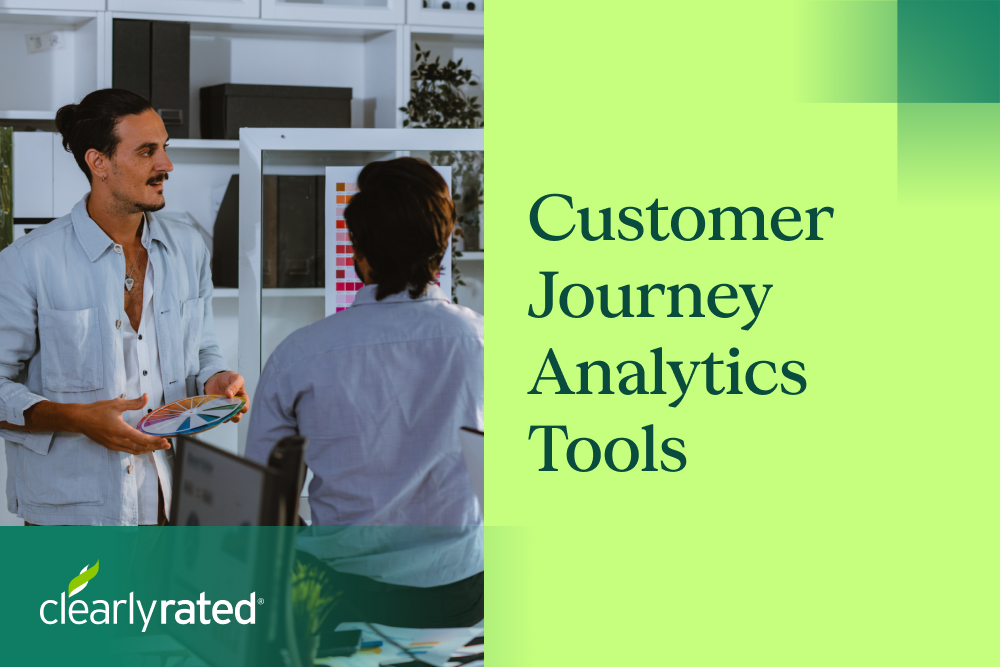
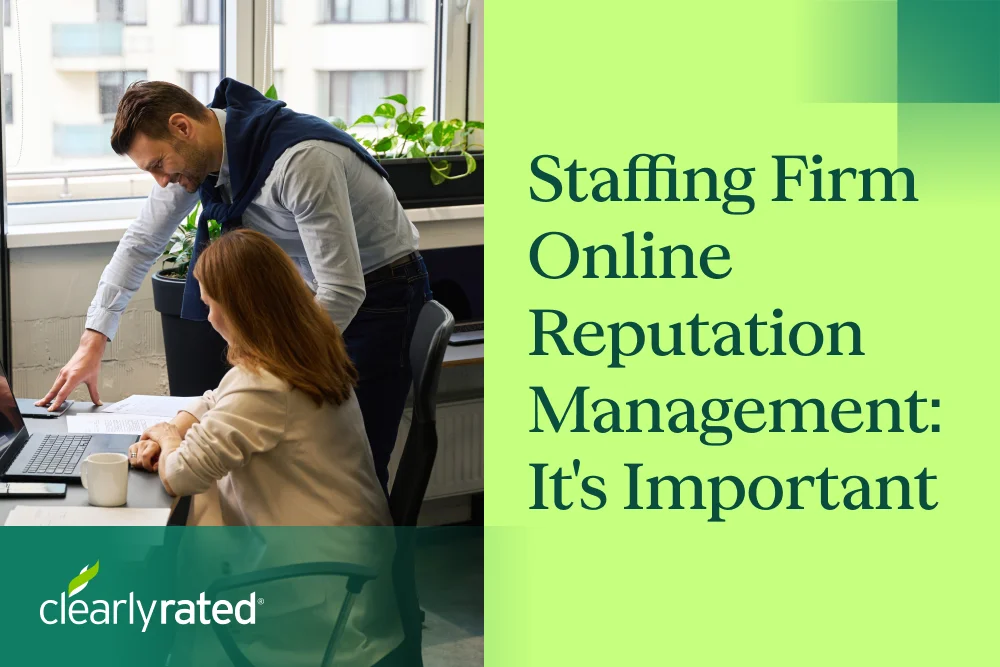

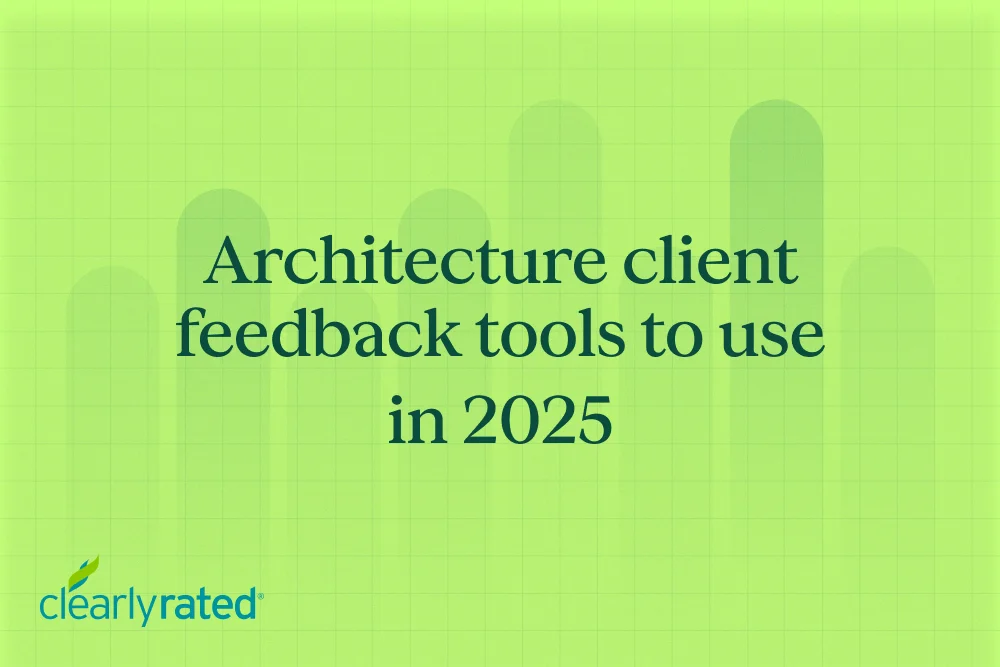


%5B1%5D.webp)
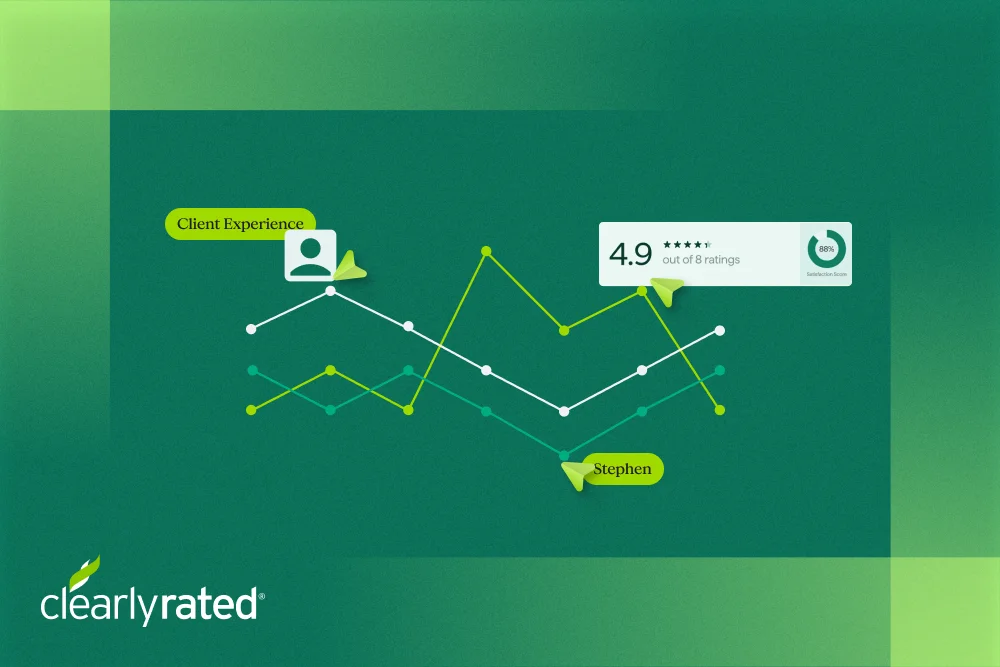

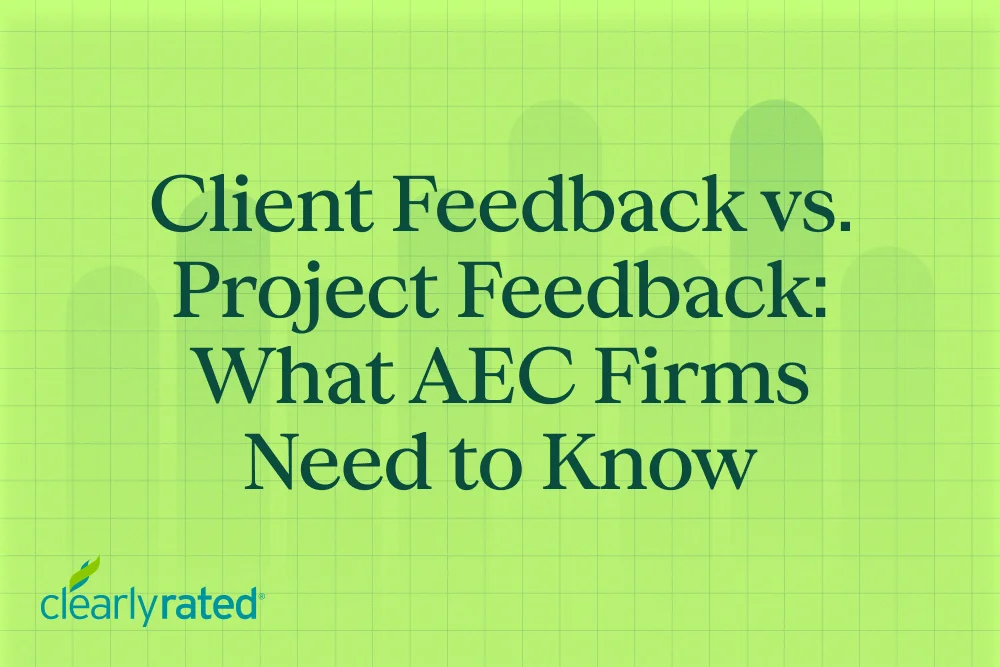




.png)






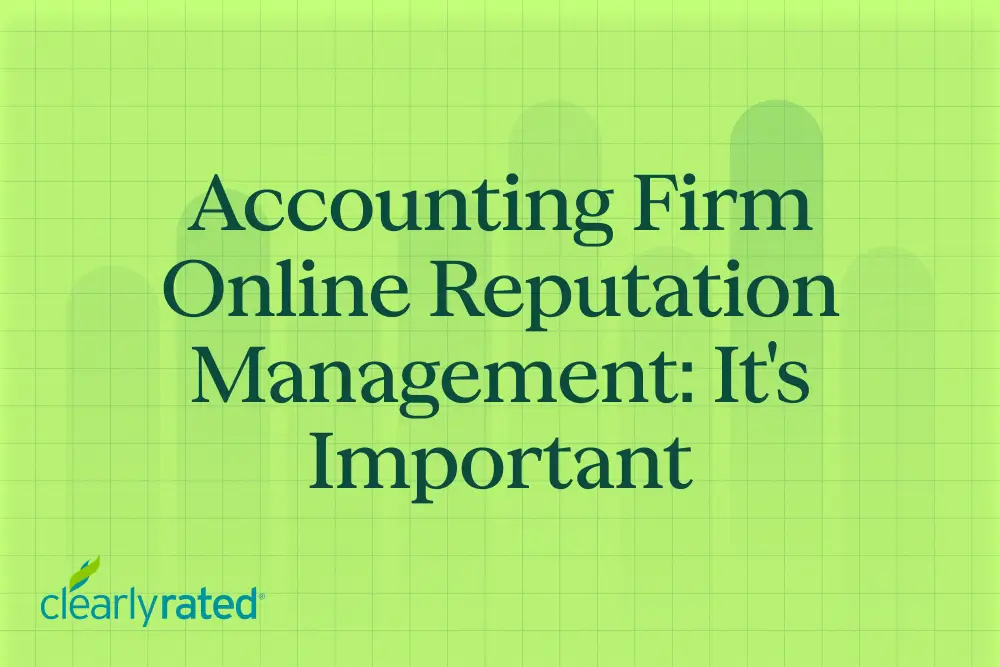

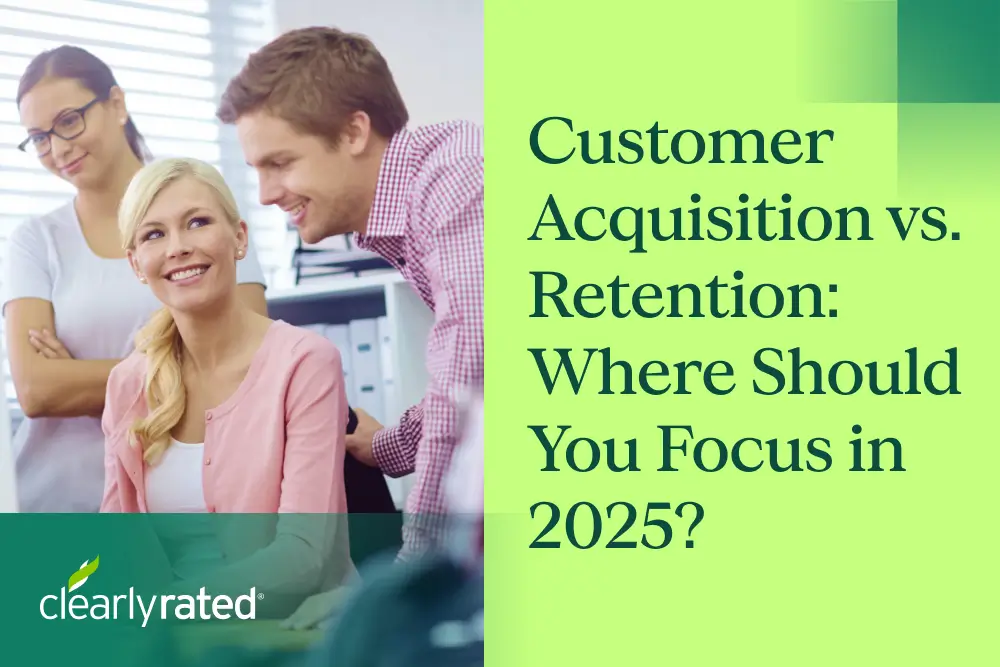
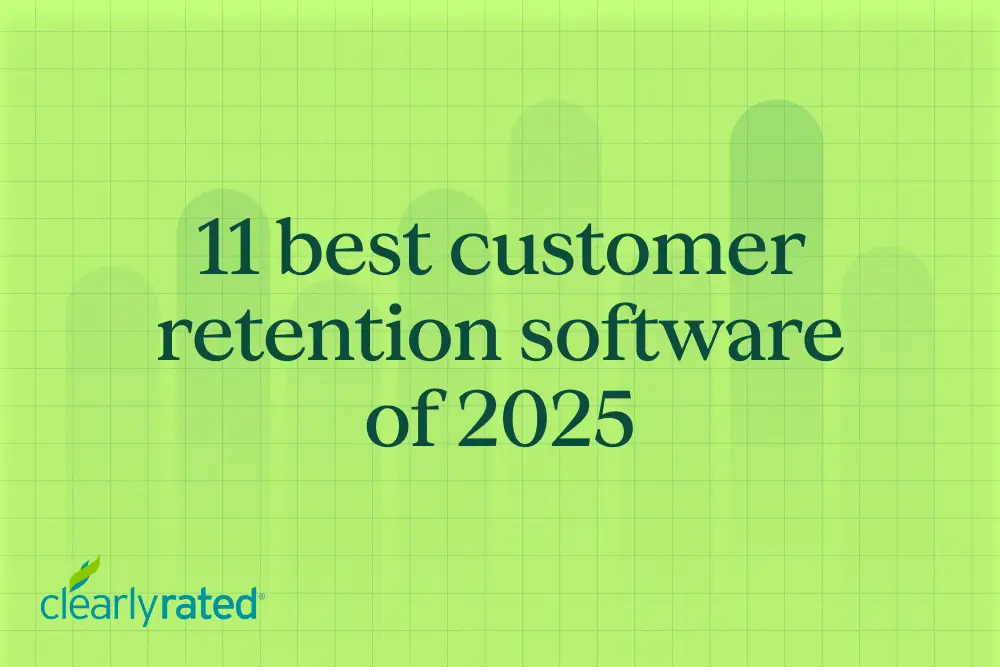

_%20The%20Ultimate%20Guide.png)
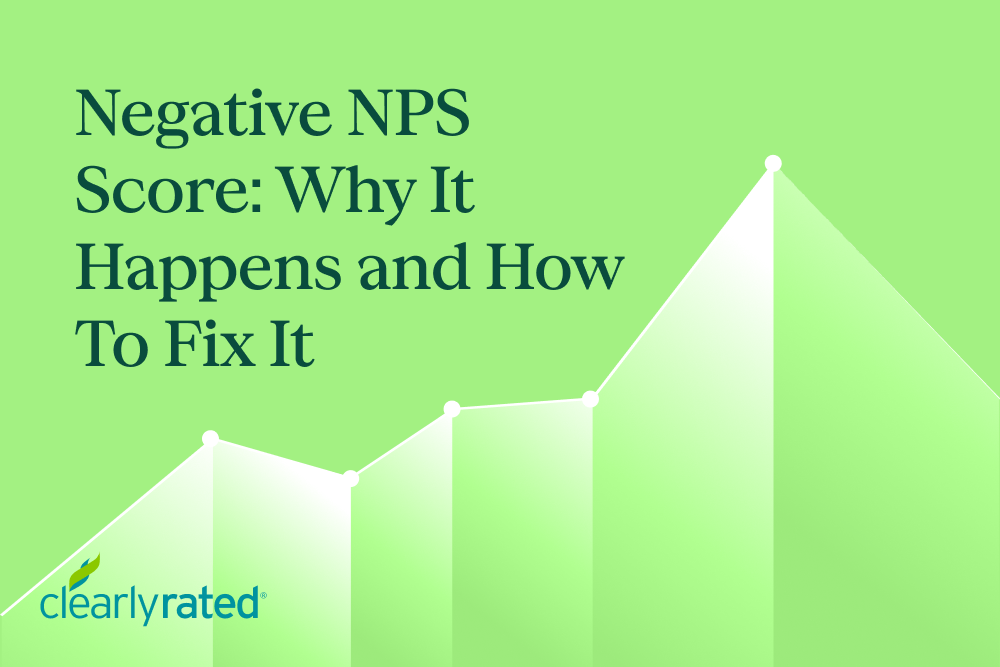
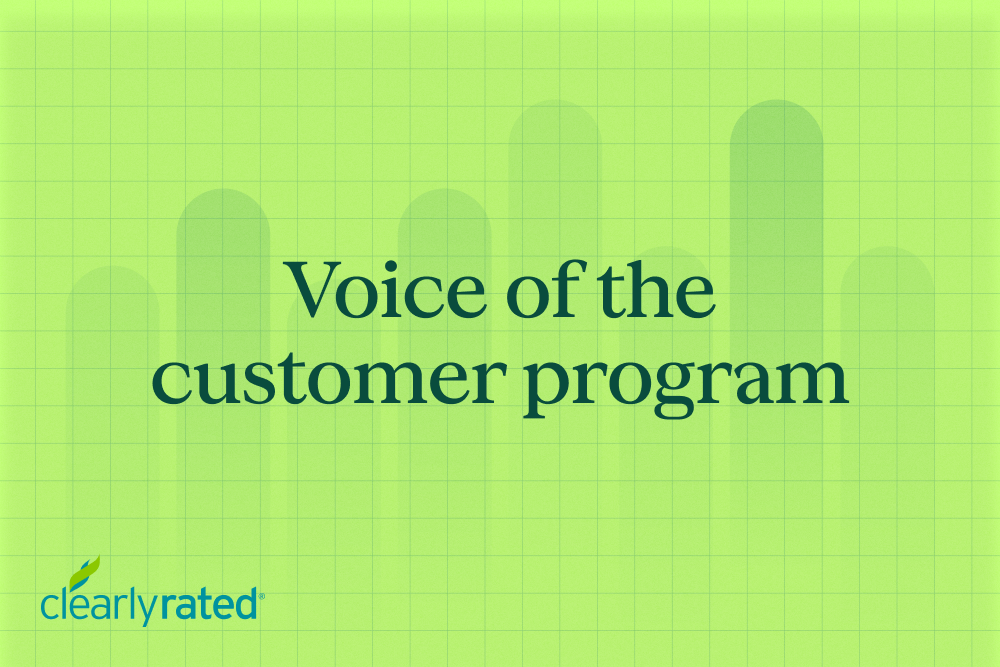
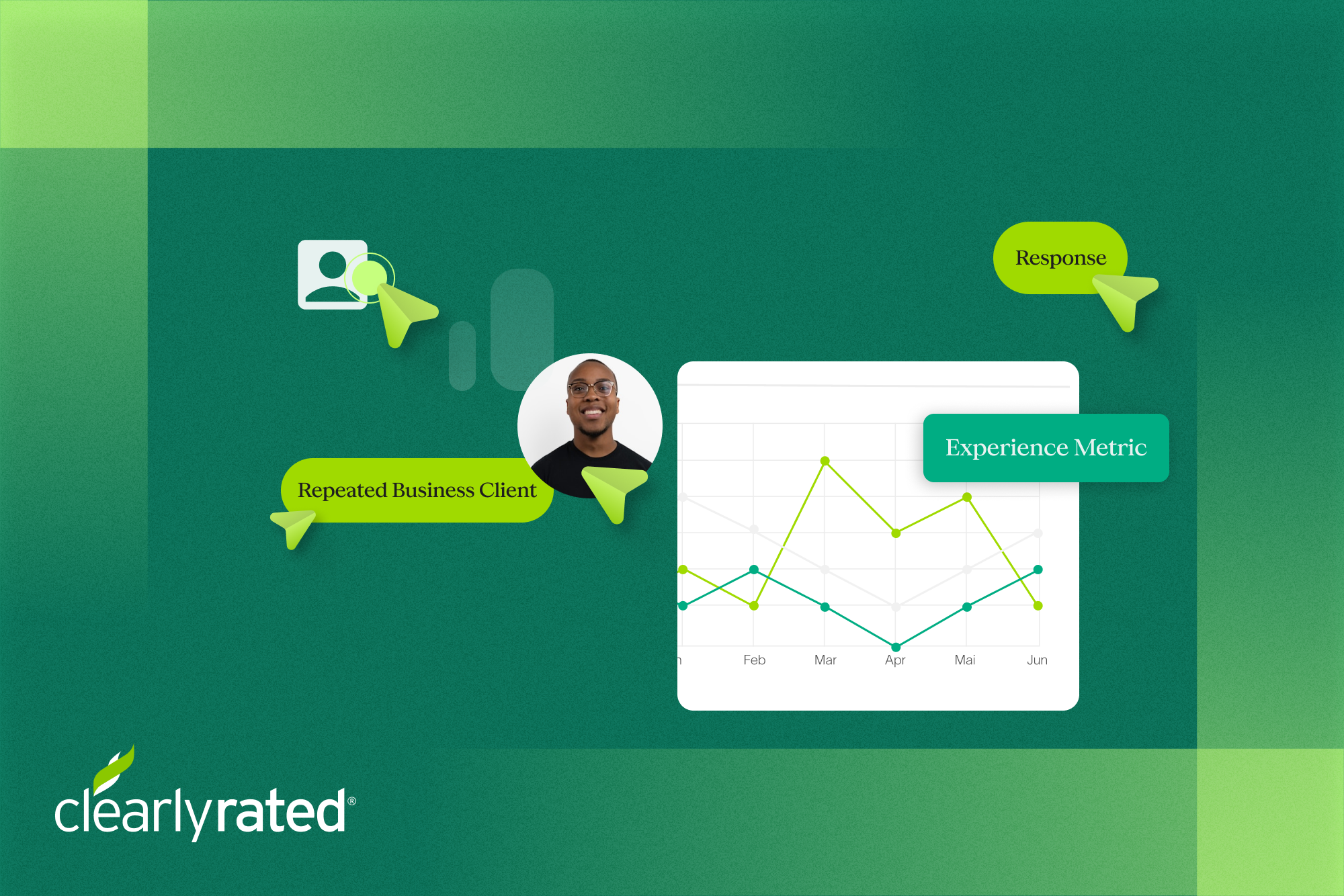
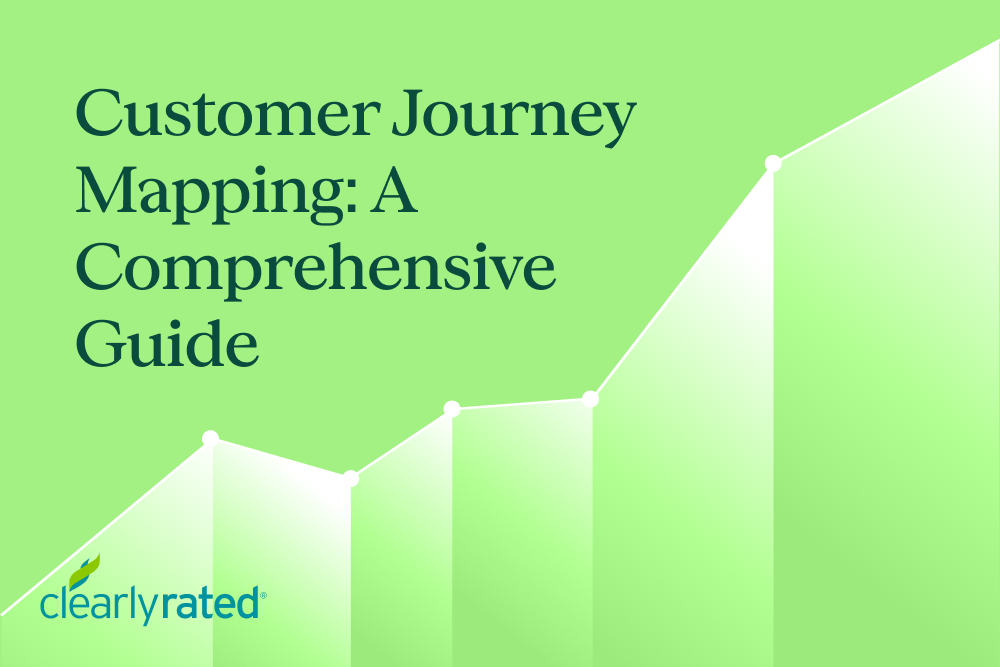

.png)



















%20in%20the%20Workplace.png)










.png)

%20and%20how%20can%20you%20increase%20it.png)
_%20A%20Step-by-Step%20Guide.png)

.png)
.png)




_.png)



%20in%202028.png)


_%20The%20Ultimate%20Guide%20(2024).png)











